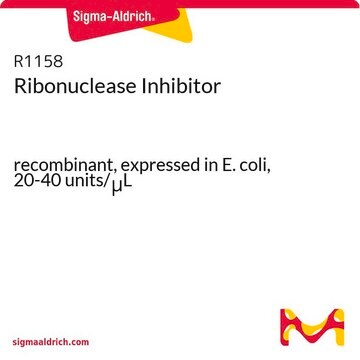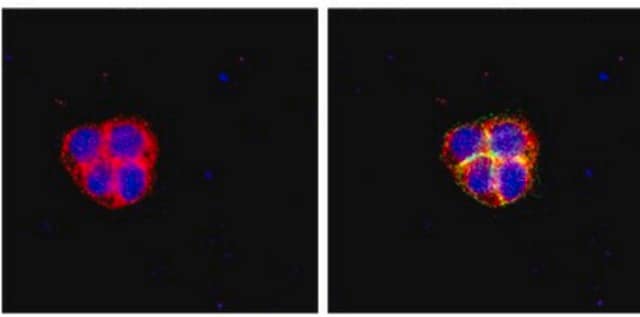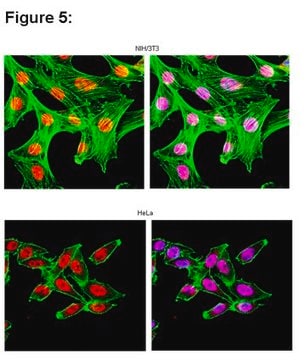RIP
Imprint® RNA Immunoprecipitation Kit
High-capacity Protein A magnetic beads for successful RNA Immunoprecipitation,suitable for use with mRNA and microRNA
Synonym(s):
Magnetic Bead RNA Immunoprecipitation, RNA Immunopreciptation, mRNA Immunopreciptation, microRNA Immunoprecipitation
About This Item
Recommended Products
General description
Learn more about this product and view application data.
Application
- Suitable for downstream applications
- Individual target characterization to genome-wide profiling techniques
- Characterization of signal transduction pathways
- Verification of ChIp-chIP and ChIP-seq data
Features and Benefits
- Xtra Protein A magnetic beads with higher binding capacity
- Step-by-step protocols for cell lysis and immunoprecipitation
- RNAse inhibitors and RNAse-free reagents to maintain RNA integrity
- Negative control and antibody included
Legal Information
Kit Components Also Available Separately
- I5381IgG from mouse serum, reagent grade, ≥95% (SDS-PAGE), lyophilized powderSDS
- I5006IgG from rabbit serum, reagent grade, ≥95% (SDS-PAGE), essentially salt-free, lyophilized powderSDS
- M7023Anti-Mouse IgG (whole molecule) antibody produced in rabbit, IgG fraction of antiserum, buffered aqueous solutionSDS
- P8340Protease Inhibitor Cocktail, for use with mammalian cell and tissue extracts, DMSO solutionSDS
- R1158Ribonuclease Inhibitor, recombinant, expressed in E. coli, 20-40 units/μLSDS
recommended
required but not provided
Signal Word
Warning
Hazard Statements
Precautionary Statements
Hazard Classifications
Aquatic Chronic 3 - Eye Irrit. 2 - Flam. Liq. 3 - Skin Irrit. 2
Storage Class Code
3 - Flammable liquids
WGK
WGK 3
Flash Point(F)
100.4 °F
Flash Point(C)
38 °C
Certificates of Analysis (COA)
Search for Certificates of Analysis (COA) by entering the products Lot/Batch Number. Lot and Batch Numbers can be found on a product’s label following the words ‘Lot’ or ‘Batch’.
Already Own This Product?
Find documentation for the products that you have recently purchased in the Document Library.
Customers Also Viewed
Articles
Sigma’s Imprint RNA Immunoprecipitation Kit was used to copurify human argonaute 2 (Ago2)-associated RNAs from HeLa cells. MicroRNAs reverse transcribed and quantitating using Mysticq reagents.
Protocols
Procedure and protocol for Anti Ago-RNA Immunoprecipitation from mammalian cells using the RIP kit
Our team of scientists has experience in all areas of research including Life Science, Material Science, Chemical Synthesis, Chromatography, Analytical and many others.
Contact Technical Service













